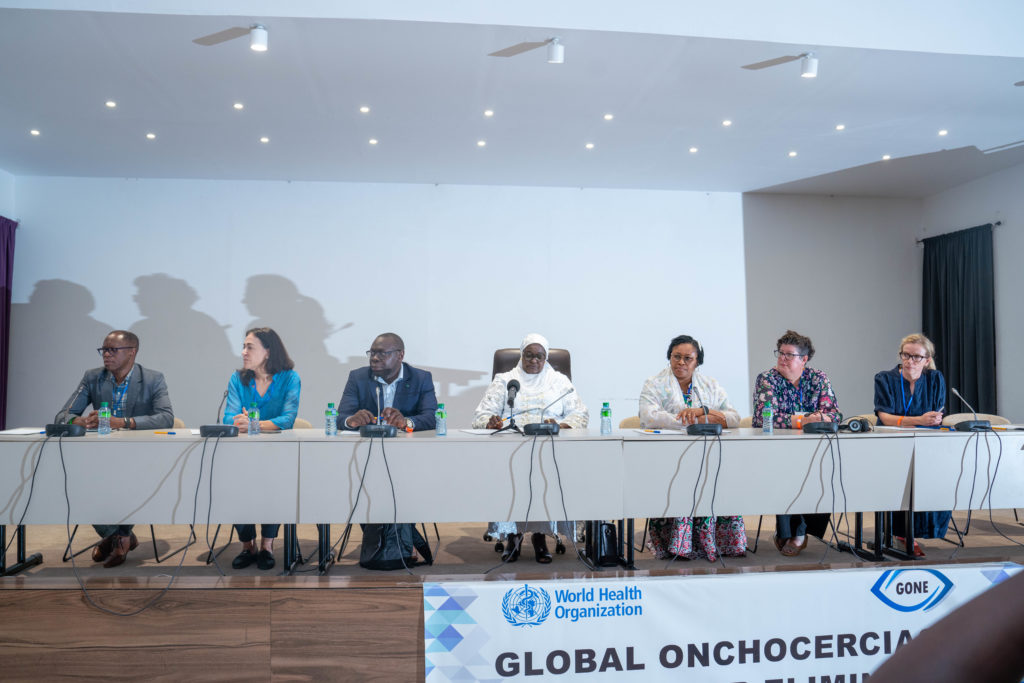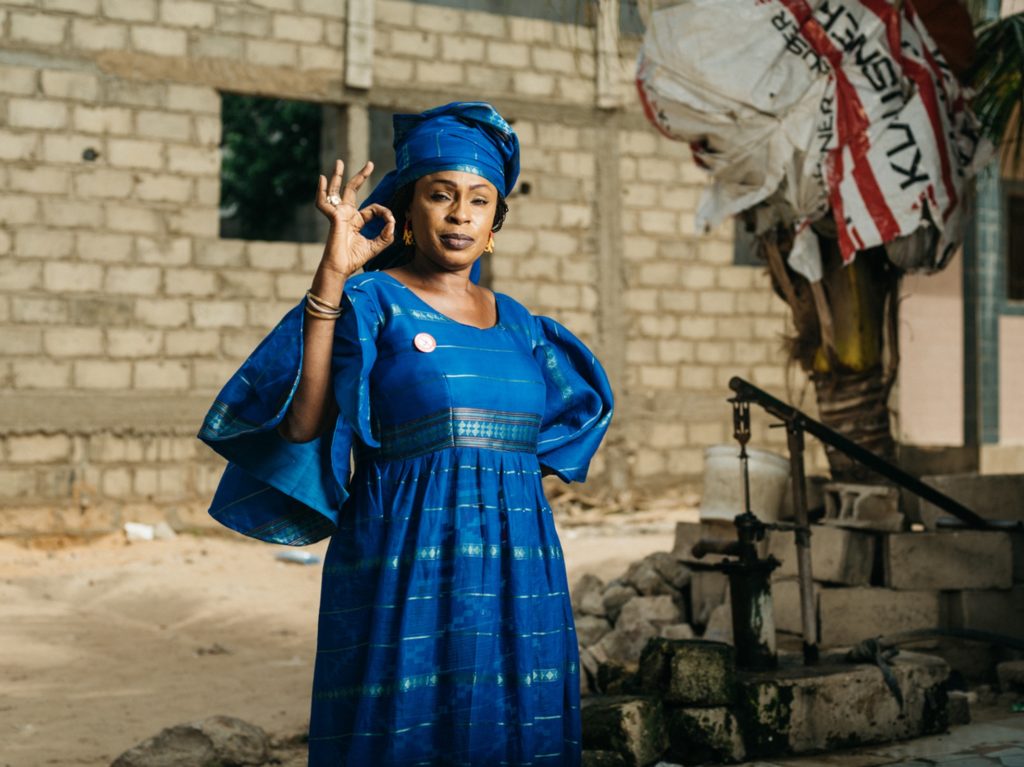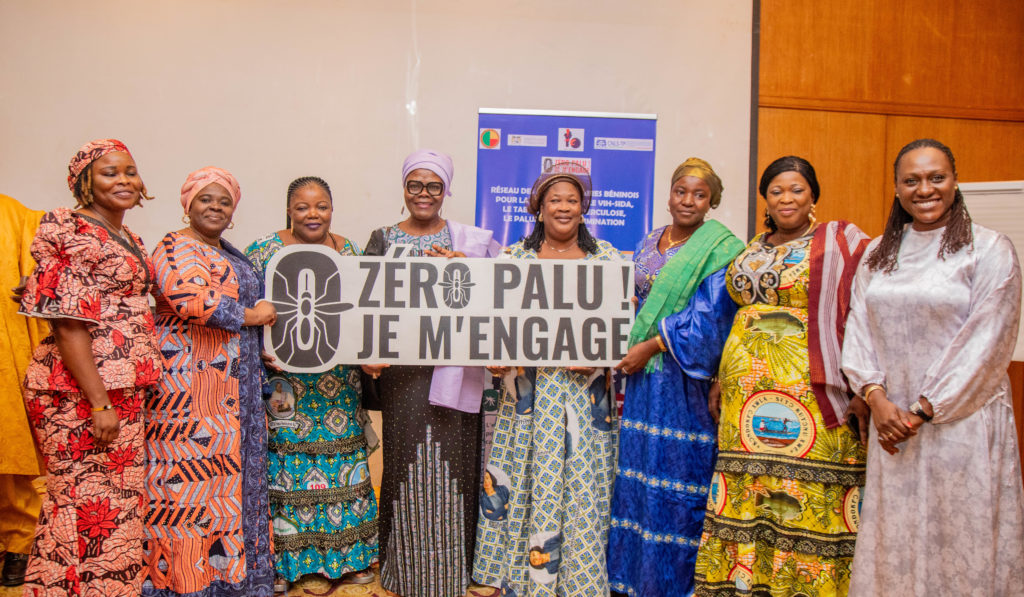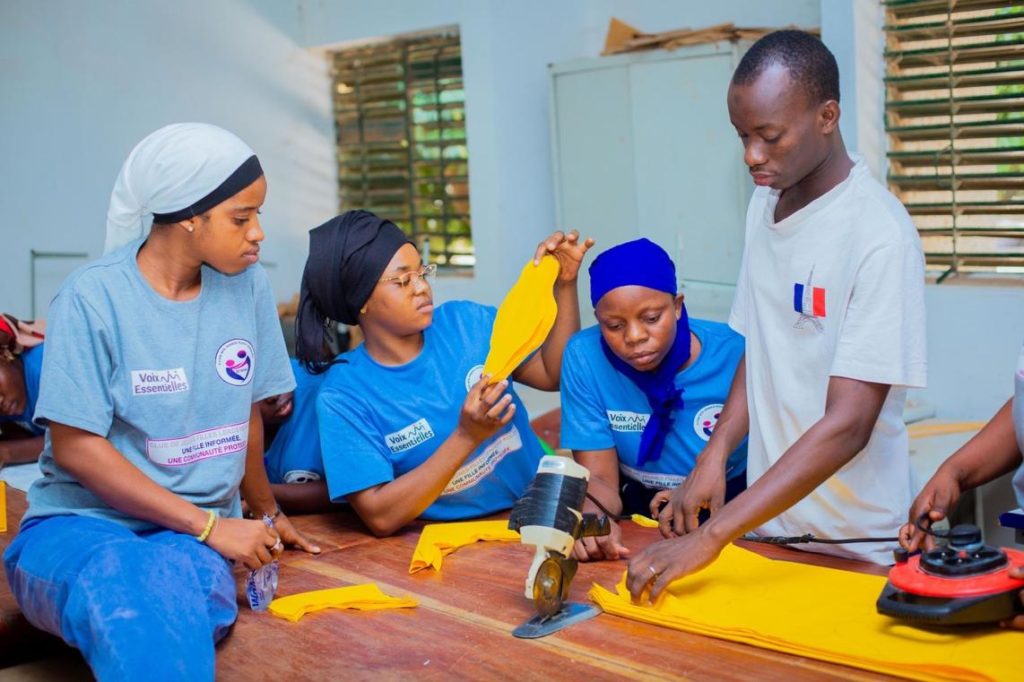The Global Onchocerciasis Network for Elimination (GONE): working together to see onchocerciasis GONE

More than 150 onchocerciasis partners, including national onchocerciasis coordinators from health ministries in endemic countries, national onchocerciasis elimination committee chairs, experts, researchers, nongovernmental organizations, the donor community and civil society gathered on 1 and 2 November 2023 in Mbour, Senegal, for the first meeting of the new Global Onchocerciasis Elimination Network (GONE) to strengthen collaboration among countries and partners.
Onchocerciasis (also known as river blindness) is the second leading infectious cause of blindness after trachoma. It is classified as a neglected tropical disease (NTD). It can cause intense itching, rashes, skin discoloration, visual impairment and eye disease leading to permanent blindness. The parasite is spread by the bites of infected black flies that breed in rapidly flowing rivers. Globally, at least 244 million people in 31 countries suffer from this debilitating and painful disease. Africa is home to 99% of the people at risk of onchocerciasis; the remaining 1% live on the border between Brazil and Venezuela (Bolivarian Republic of). Four countries have been verified by the World Health Organization (WHO) for eliminating transmission of the disease: Colombia, Ecuador, Guatemala and Mexico.
A global community of partners has been working for decades to address the suffering caused by river blindness. Before control and elimination efforts began, communities deserted fertile farmland near the rivers where the black flies breed, which had devastating socioeconomic impacts. The control efforts led to remarkable progress towards the elimination of onchocerciasis as a public health problem. Manifestations of the disease are increasingly rare, and transmission is being eliminated nationally and subnationally. This success led to a shift in approach by WHO from control of the disease to elimination of transmission. In 2023, Niger became the first country in Africa to submit a dossier to WHO to verify elimination of transmission.
Senegal, the host country of the inaugural GONE meeting, is also leading the onchocerciasis elimination effort in Africa by achieving remarkable milestones. Following the required evaluations, treatment stopped in 2022 and the 3-year post-treatment surveillance phase was initiated. Senegal is now on track to be the second country in Africa to submit a verification dossier to WHO.
This achievement is a result of the hard work and dedication of our government, the health workers and network of community volunteers, and the commitment of our local and international partners.
Hon. Dr Marie Khemesse NGOM NDIAYE, Minister of Health and Social Action of Senegal.
Progress toward control and elimination was facilitated by strong partnerships maintained through regional initiatives such as the Onchocerciasis Elimination Program for the Americas (OEPA), the Onchocerciasis Control Programme (OCP) in West Africa, the African Programme for Onchocerciasis Control (APOC) and, more recently, the Expanded Special Project for Elimination of Neglected Tropical Diseases (ESPEN). These initiatives all aim to sustain distribution of ivermectin with high coverage, leaving no one behind. This progress would not have been possible without the donation of Mectizan® (ivermectin) by MSD; the company committed to provide the medicine as much as needed, for as long as needed until elimination of onchocerciasis is achieved.
The Mectizan Donation Program was established in 1987 by the pharmaceutical company MSD to facilitate access to its drug Mectizan® (ivermectin) for the elimination of river blindness. The Program reaches more than 400 million people annually and over 12 billion Mectizan® 3 mg tablets have been shipped to endemic countries by MSD since the inception of the program.
Dr Yao Sodahlon, Director, Mectizan Donation Program.
The conference provided an opportunity for experts and participants to endorse the terms of reference of GONE, to highlight the progress made by various countries in eliminating onchocerciasis, and also to explore new opportunities for partnerships to support initiatives aimed at accelerating the global elimination of onchocerciasis. To this end, the various speakers placed particular emphasis on the importance of public–private partnerships in mobilizing funding to implement interventions to reach the elimination goals. Specific working groups were set up during the conference to identify challenges and develop solutions to accelerate elimination.
The network’s main areas of focus are strengthening communications and partnerships and supporting countries in achieving the 2030 onchocerciasis targets established by the WHO NTD road map.
Today’s endorsement of the terms of reference by the GONE network represents the ownership, commitment, and engagement of the partnership to work together in order to succeed in this battle towards the elimination of onchocerciasis.
Dr Maria Rebollo, WHO Lead, Global Onchocerciasis Elimination Programme
The WHO NTD Road map set very ambitious targets, including the verification of interruption of transmission of onchocerciasis in 12 countries by 2030.
While we acknowledge the remarkable progress achieved through initiatives like the GONE in tackling onchocerciasis, it is essential to emphasize that the importance of partnerships and networks in NTDs extends far beyond any disease-specific network. Collaborative efforts across the spectrum of NTDs are the linchpin for addressing these diverse diseases comprehensively and effectively, ensuring that no one is left behind in our pursuit of a healthier and more equitable world.
Dr Ibrahima Socé Fall, Director, WHO Global NTD Programme
We believe elimination of river blindness is very possible in the near future, but success will require innovation and bringing new diagnostics and treatments into the portfolio to address the many challenges we face, such as Loa loa coinfection or surveillance. New technologies will help address the last mile.
Dr Christy Hanson, Deputy Director, Bill & Melinda Gates Foundation
Investing in NTDs has been called a “best buy” in global health, with treatments costing less than US$ 0.50 per person. Measures to combat these diseases, particularly onchocerciasis, have a positive impact on communities, including improved education, health and employment outcomes.
Elimination of the disease is achievable, realistic and cost–effective, with the potential to bring huge public health and socioeconomic benefits.
Ms Jamie Tallant, Associate Vice-President, The END Fund
GONE experts advocate an integrated, cross-cutting approach to eliminating onchocerciasis and aim to make the network an advocacy body, at national and international levels, to support the push towards elimination.
GONE is a much-needed platform for assisting countries to achieve the targets set out in the NTD road map.
Dr Francisca Olamiju, Chair of the NGDO group for Onchocerciasis Elimination.
About GONE
GONE was launched in January 2023 by WHO, its Member States and partners whose goal is to empower countries to accelerate progress towards the achievement of the road map targets for onchocerciasis elimination. Key focus areas of the network are strengthening communication and partnerships and empowering countries to achieve the onchocerciasis targets for 2030. GONE is a country-driven initiative supported by WHO, with an emphasis on being pragmatic, flexible and solutions-oriented to meet the needs of national programs. The network will intensify an integrated, cross-cutting approach and serve as an advocacy body, nationally and internationally, to support the last mile of onchocerciasis elimination.
About onchocerciasis
Onchocerciasis (river blindness) is the second leading infectious cause of blindness worldwide. It is classified by WHO as an NTD. River blindness mostly affects people living in isolated and underserved rural communities in some of the world’s poorest regions. The infection is spread by black flies that live near fast-flowing rivers; it causes severe skin irritation, itching and, eventually, irreversible blindness.


